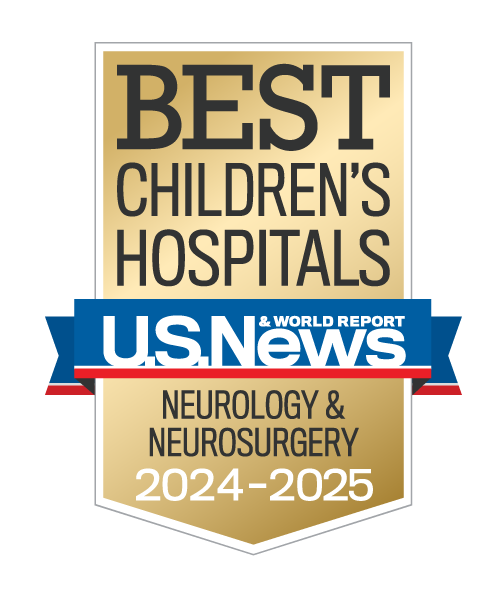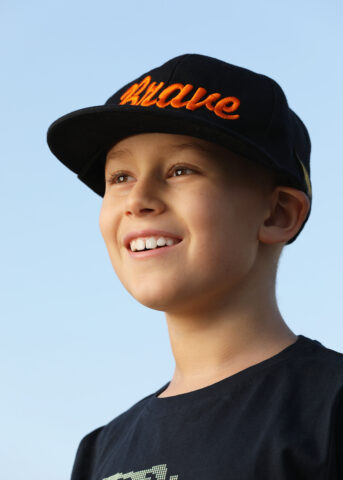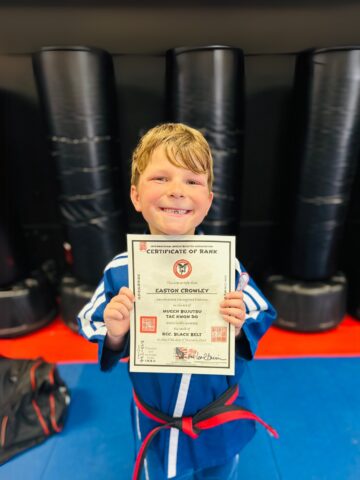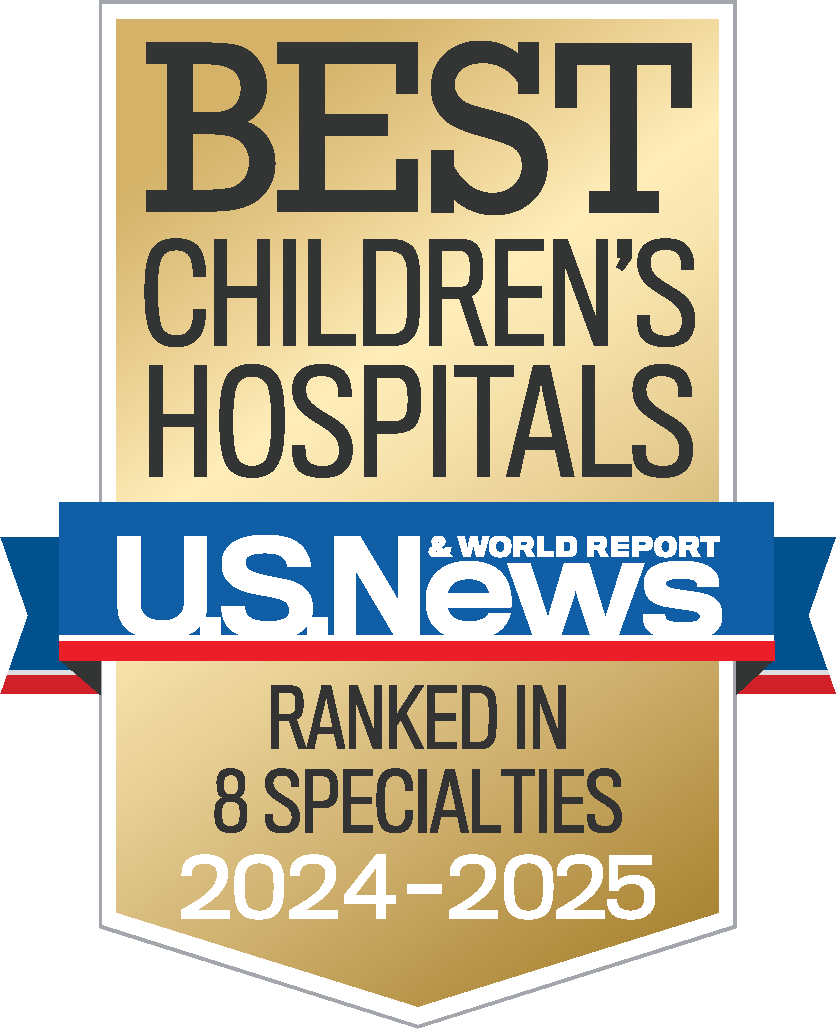Headaches usually are brief and can be caused by many things, including too little sleep, stress, or a concussion. Some headaches last longer and come with other symptoms. Very rarely, headaches can be a sign of something serious. Learn more about different types of headaches in children, and what parents can do to help.

Dr. Mary L. Zupanc, a pediatric neurologist and co-medical director of the CHOC Neuroscience Institute, offers tips for parents on headache hygiene— or healthy habits to reduce the likelihood, frequency and severity of headaches.
Maintain regular sleep habits
If your child goes to sleep and wakes up at approximately the same time every day, Dr. Zupanc says, their likelihood of suffering from a headache decreases. Bedtime and wake-up times should not vary significantly from weekday to weekend. Adolescents have sleep phase delay, meaning their brains do not want to go to sleep until later at night and they want to sleep in. This is normal behavior, but school schedules rarely accommodate this adolescent neurobiology.
Exercise regularly
Children should get at least 30-40minutes of physical activity three to four days per week, she adds. However, the full 30-40 minutes doesn’t need to be all at once. You can break it down into smaller sessions.
Eat a well-balanced diet. Avoid meal skipping.
A child’s eating habits can have a direct effect on their susceptibility to headaches, Dr. Zupanc says. To encourage kids to eat healthy, including them in the food preparation process whenever possible—from meal planning to grocery shopping to prepping fruits and vegetables in the kitchen. Kids are more likely to eat what’s in front of them if they feel like they had a choice and hand in preparing it.
Some foods may trigger headaches in children. Limit the intake of processed or fried foods. Overly restrictive diets may prompt an unhealthy relationship with food or body image. If you are unsure if certain foods may be triggering your child’s headaches, consult your pediatrician.
Stay well hydrated
Headaches are commonly caused by dehydration. There is a link between increased water intake, decreased headache severity, and improved quality of life. At CHOC, we recommend that children drink the number of 8-ounce cups of water equal to their age, with a maximum of 64 ounces for children over age 8. This means your 1-year-old would drink one 8-ounce glass or water, your 5-year-old would drink five 8-oz glasses of water, etc.
Limit caffeine intake
Caffeine tolerance differs from person to person, but the general recommendation is 200 to 300 milligrams per day. A standard cup of coffee has around 100 milligrams of caffeine, compared to a large coffee drink that can have over 400 milligrams of caffeine. If you have too much caffeine, you can experience headaches, heart palpitations, elevated blood pressure, insomnia, or irritability.
Play
Yes, really! Kids are busier than ever these days, and an over-scheduled child is likely to suffer stress, which can lead to headaches, Dr. Zupanc says. Spending time outdoors, reading for pleasure, and playing sports for fun rather than in a competitive environment are all good ways to help cut down on stress, she says. In addition, screen time — including tablets and smartphones —should be limited. Learn more about screen time limits for kids.
Mindfulness, or relaxation techniques, can help kids and teens build the coping skills they need to address issues like stress and anxiety, Zupanc adds. Learn more about mindfulness tips for your children.
Studies have shown that cognitive behavioral therapy, in combination with preventive medication, has helped adolescents with chronic migraine headaches.
Keep a journal
If your child experiences frequent headaches, keep a journal to track their headaches so you can identify a pattern, and show this to your child’s pediatrician. In your headache journal, keep track of:
- Headache start date and time
- What happened just before the headache?
- How much did your head hurt, on a 0-10 pain scale?
- Where did your head hurt?
- Was the pain throbbing (pounding) or dull?
- Were there any other signs or symptoms associated with the headache, such as a change in vision, tingling of an arm or leg, or weakness?
- What did you feel just before and during the headache?
- What did you do to make yourself feel better?
- Did you feel better, on a 0-10 pain scale?
- Headache end date and time
Your child’s doctor may adjust their diet, headache hygiene routine, or their over-the-counter pain relief regimen, Dr. Zupanc advises.
There are some, albeit rare, situations where a child’s headache warrants a trip to the emergency department, Dr. Zupanc says, including:
- A thunderclap headache: severe, sudden onset of pain that occurs anywhere in the head and grabs your attention like a clap of thunder. Pain usually peaks within 60 seconds to a few minutes.
- Any headache that comes with weakness or numbness on one side of the body, changes in consciousness or awareness, or change in balance.
- Blurred, double or loss of vision that persists after the headache resolves.
Sporadic headaches rarely require brain neuroimaging, such as a CT scan or MRI scan of the brain.
Frequent headaches that are increasingly severe can suggest an underlying brain problem. Brain imaging may be necessary. If your child experiences the following symptoms, ask your pediatrician for a referral to a pediatric neurologist for further evaluation and possible imaging:
- Headaches associated with weakness or numbness in an arm or leg, or balance problem. In this case, immediate follow-up care is warranted.
- Headaches that wake a child out of sleep
- Headaches associated with projectile vomiting
- Headaches that increase with Valsalva maneuver (such as bearing down for a bowel movement)
- Headaches associated with a seizure
Get more expert health advice delivered to your inbox monthly by subscribing to the KidsHealth newsletter here.

Learn more about CHOC’s Neuroscience Institute
CHOC Hospital was named one of the nation’s best children’s hospitals by U.S. News & World Report in its 2024-25 Best Children’s Hospitals rankings and ranked in the neurology and neuroscience specialties.





